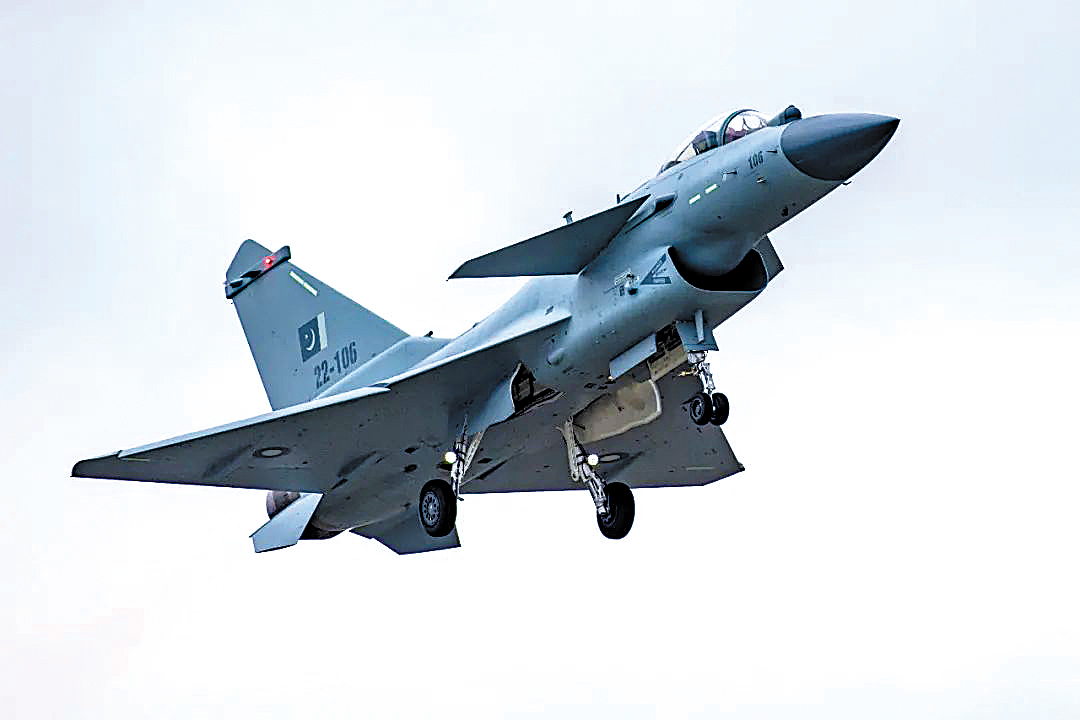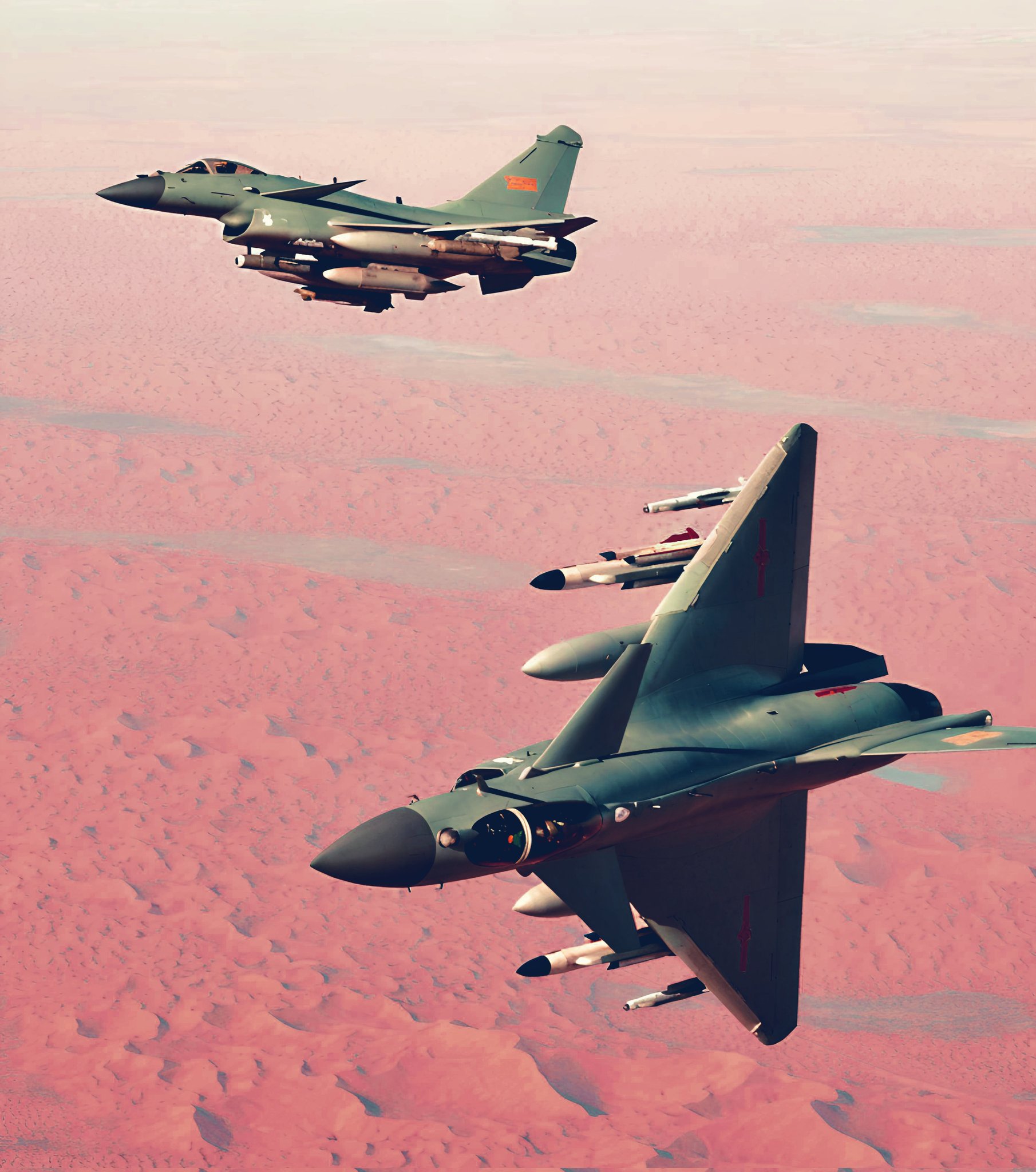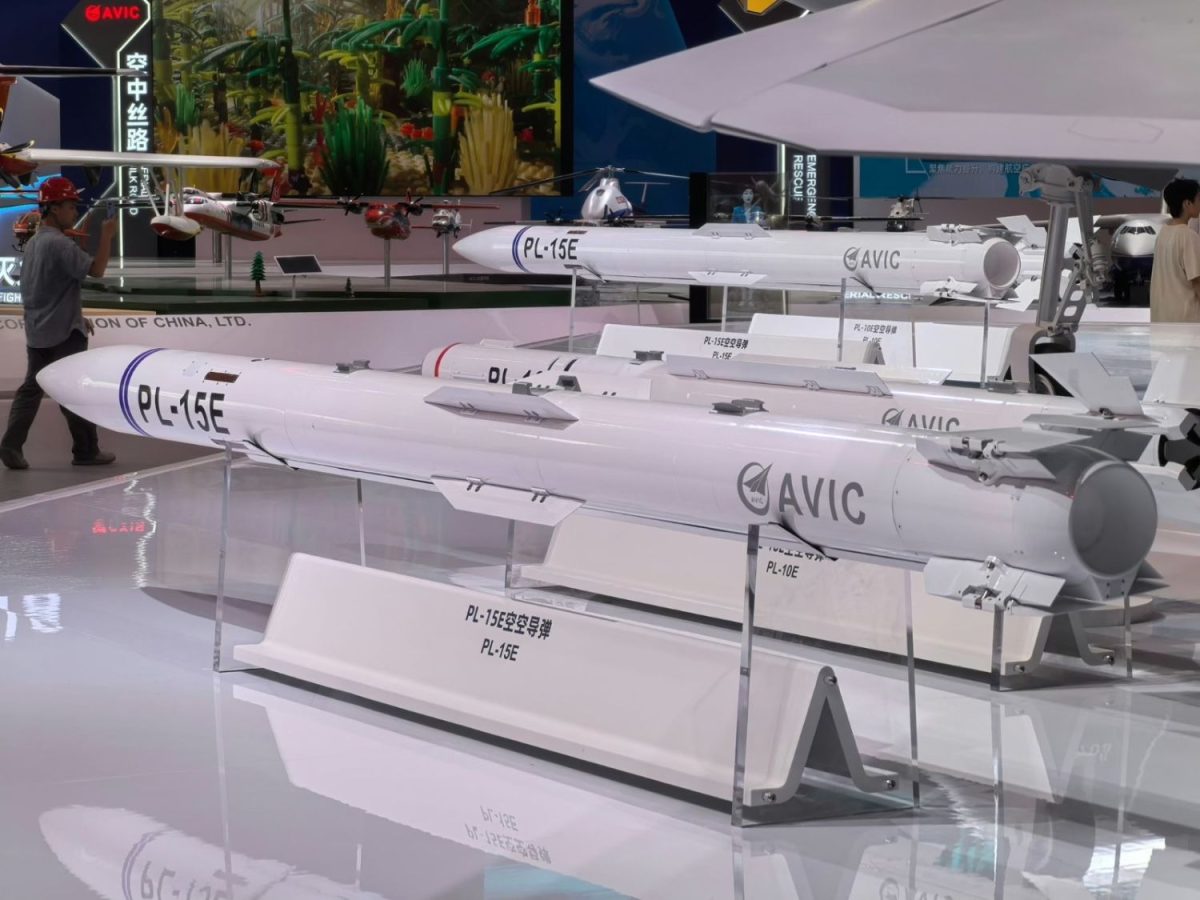“Rafale Killer” or Israeli Clone ?? Explosive Questions Surround China’s J-10C Fighter Origins
Despite China’s celebrated achievement in launching the J-10 "Vigorous Dragon" fighter jet in 1998, persistent speculation surrounds the programme, with claims that its development received unexpected technical assistance from none other than Israel—a close strategic ally of the United States.
(DEFENCE SECURITY ASIA) – The Chinese-built J-10C “Vigorous Dragon” has surged into the global spotlight following substantiated claims that Pakistan Air Force (PAF) units used the jet—armed with advanced PL-15E beyond-visual-range air-to-air missiles—to shoot down three Indian Rafale multirole fighters in a single engagement.
If confirmed, the incident would represent a watershed moment not only in the regional airpower balance between two nuclear-armed neighbours but also in the strategic trajectory of Chinese-made fourth-generation fighter exports.
The reported combat success has had a dramatic economic ripple effect, with shares of AVIC Chengdu Aircraft Co Ltd—listed on the Shenzhen Stock Exchange—skyrocketing by 53 percent, reflecting market enthusiasm for the J-10C’s commercial and military prospects.
AVIC Chengdu Aircraft Co Ltd is one of China’s flagship aerospace defence entities, responsible for both the J-10C and the JF-17 Thunder, the latter developed jointly with Pakistan as a cost-effective light fighter solution.
Currently, the Pakistan Air Force operates a growing fleet of JF-17 Thunders and J-10C “Vigorous Dragons,” with the latter now assuming high-profile front-line roles as part of Islamabad’s broader deterrent posture against Indian airpower.
The J-10C’s apparent operational success may mark the birth of a new moniker—“Rafale Killer”—positioning the Chinese fourth-generation fighter as one of the most desirable aircraft in the defence export market for countries seeking advanced airpower at competitive cost.
When China unveiled the original J-10 in 1998, it was regarded as a symbol of Beijing’s embryonic aerospace ambitions—a milestone at a time when the nation had limited indigenous technological capacity in combat aviation.

More than just an aircraft, the J-10 represented China’s first serious attempt at designing and fielding a multirole platform that could rival Western and Russian equivalents.
Behind its development, however, lurks one of the most intriguing and controversial stories in modern defence history: the alleged technical support provided by Israel, a close U.S. ally, to China’s nascent aerospace industry.
Despite the strategic alliance between Washington and Tel Aviv, reports persist that Israeli defence contractors played a clandestine but pivotal role in shaping the J-10 project through discreet transfers of aircraft design and avionics technologies.
This covert collaboration is believed to have gained momentum shortly after China and Israel established formal diplomatic ties in 1992, at a time when Beijing was aggressively seeking foreign assistance to leapfrog technological barriers.
Israel Aerospace Industries (IAI), one of the Middle East’s premier defence manufacturers, was reportedly involved in technical consultations with Chengdu Aircraft Corporation (CAC) during the early phases of the J-10 development programme.
Analysts have long noted that the airframe configuration, particularly the canard-delta layout of the J-10, bears striking resemblance to the Israeli LAVI fighter—a 1980s project largely funded by the U.S. and intended to supplement or compete with the F-16 “Fighting Falcon.”


The LAVI was eventually cancelled under pressure from Washington, which feared its proliferation would undermine U.S. dominance in the global fighter market.
Nevertheless, allegations suggest that critical LAVI technologies—ranging from composite airframe design to fly-by-wire systems and advanced avionics—were passed to China, providing a technological springboard for the J-10 programme.
One of the most visible signs of this technological cross-pollination is the J-10’s canard-delta wing configuration, a hallmark of the LAVI’s aerodynamic profile, albeit adapted to a larger, more heavily armed platform.
This unofficial pipeline of military technology between Israel and China is said to have extended well beyond airframe development into weapons systems, radar, and electronic warfare components.
For instance, in 1989, China’s Xian Aircraft Corporation rolled out the PL-8 short-range air-to-air missile, widely believed to be a license-built version of Israel’s Python-3 IR-guided missile.
The PL-8 continues to be fielded by Chinese forces today, a testament to the enduring relevance of Israeli missile technology within the People’s Liberation Army Air Force (PLAAF).

Additionally, China is reported to have benefited from the transfer of the Israeli E/LM-2035 Doppler radar system and Tamam inertial navigation suites—components or derivatives of which remain operational in legacy platforms such as the J-8 and the early J-10 variants.
During the 1980s, Western nations, particularly the U.S. and European defence firms, were more open to sharing military technology with China as part of Cold War strategies aimed at counterbalancing Soviet influence.
That window of cooperation granted Beijing rare access to cutting-edge propulsion systems, avionics architectures, and airframe designs that would serve as foundational elements for future Chinese fighter jets.
These defence relationships were abruptly severed in the aftermath of the 1989 Tiananmen Square crackdown, prompting a wave of military sanctions and ending formal defence cooperation between China and the West.
Nevertheless, China sought alternative sources of high-technology input, and Israel—with its advanced defence ecosystem and history of innovation under strategic constraints—quietly emerged as a potential backchannel supplier.
While the extent of Israeli influence on the J-10’s design remains classified and officially unacknowledged, its fingerprints appear throughout the platform’s evolution, and the legacy of the LAVI continues to surface in analytical discussions on the J-10’s origin story.


Today, the J-10C represents a culmination of China’s two-decade-long ambition to design and manufacture domestically viable, multirole fighters equipped with AESA radars, modern glass cockpits, electronic warfare suites, and indigenous weapons such as the PL-15E long-range AAM.
With the fifth-generation J-20 Mighty Dragon now in serial production and entering squadron-level service, the J-10C has transitioned into a high-performance export-oriented workhorse that bridges China’s fourth- and fifth-generation fighter capabilities.
Whether or not Israel’s clandestine assistance was the decisive factor behind the J-10’s success, the programme remains one of the most compelling chapters in China’s military aviation rise—and a case study in the geopolitical grey zones of defence technology proliferation.
— DEFENCE SECURITY ASIA



Whenever you publish this type of low class news in public domain, kindly requesting you verify not once but twice.
Indian defence force gave total proof of how,when and where they destroyed Pakistan military structure with satellite image & real time image.
Where is the proof from pakistani, does they personally mail you. Every conflict demand proof which India provides and Your favorite pakistani not.
Gave proof of everything or not published this type of shit.
Real thing is China’s every defence items which provided to the Pakistan, who used every items against India in the conflict Just failed brutally, if you need proof then came to India we will show you the video of destruction of HQ-9 battery with PL-15 failed missile.